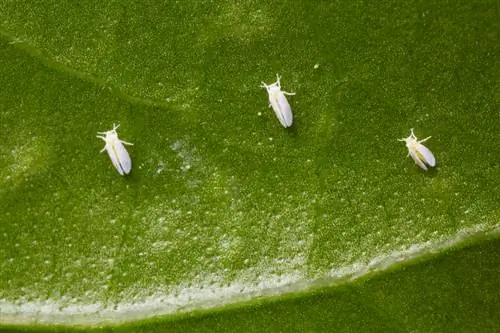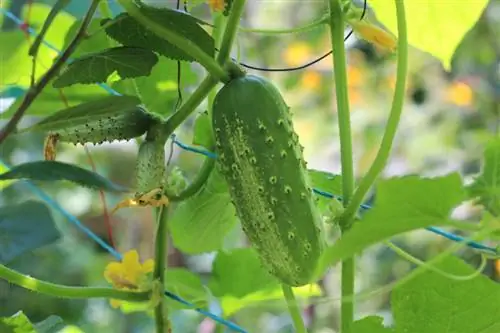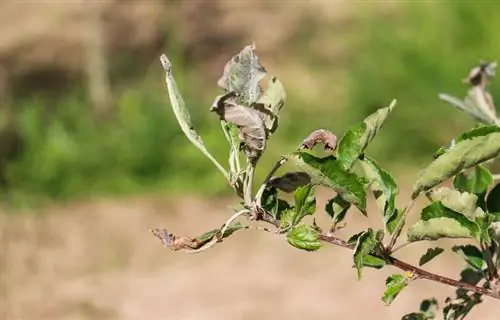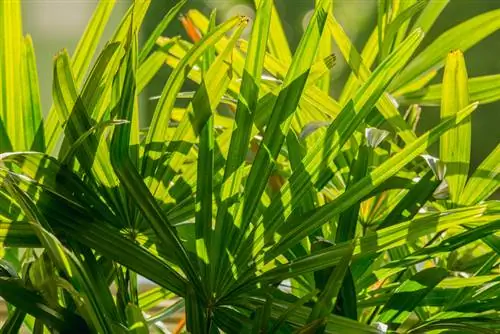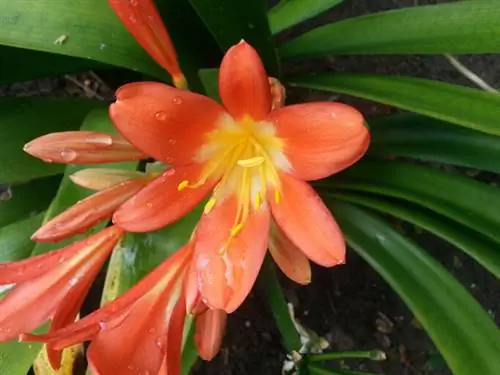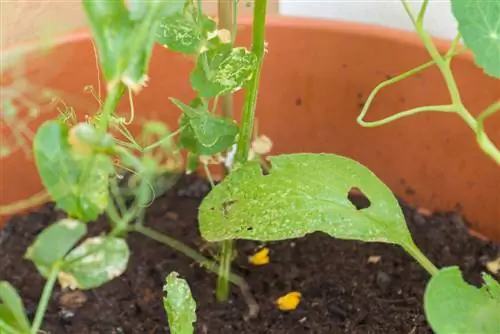- Author admin [email protected].
- Public 2023-12-16 16:46.
- Last modified 2025-01-23 11:19.
Recreational gardeners must act quickly when they discover the first signs of cucumber diseases or pests. Effective countermeasures that are as chemical-free as possible are needed to save sick plants. What to do if cucumber plants suffer? How do you recognize diseases and pests early?

How do I recognize and combat cucumber diseases and pests?
Cucumber diseases and pests can be caused by fungi, viruses, bacteria or insects. Preventive measures include an airy location, germ-free soil, sufficient planting distance, no waterlogging and virus-resistant varieties. In cases of infestation, beneficial insects such as ladybirds and yellow plaques or biological pesticides help.
Cucumber diseases and their causes
Care errors cause most cucumber diseases and can often be avoided. The optimal location for each type of cucumber and proper cucumber care are the best prerequisites for plants and fruits to grow and thrive he althily. The best protection against greenhouse cucumber diseases is a consistent, warm, humid climate in the greenhouse. Both day and night.
- Verticillium wilt is a fungal disease that occurs in the soil and attacks plants from below. New leaf shoots and leaves wilt and die.
- True and downy mildew fungi attack different garden plants with similar damage patterns. They cover the entire cucumber plant with their mealy coating and penetrate the surface of the leaves. In summer, powdery mildew develops spores that are transmitted to other plants by the wind. Mildew fungi overwinter in small spore containers on plant residues.
- In contrast to powdery mildew, downy mildew attacks the underside of the leaves via natural leaf openings. The spread of downy mildew on cucumbers via spores occurs in damp weather, rain and, depending on the type of fungus, at temperatures of 10° to 18° degrees.
- With the cucumber mosaic virus, the cucumber plants first react with wilted, lightened leaf edges. They turn light green or yellow. Aphids usually transmit the virus and should therefore be combated preventively. Dispose of infected plants immediately before the virus spreads.
Cucumbers prevent and effectively treat diseases
Infection by bacteria, viruses and fungi in cucumber plants diseases occurs through infected insects, droplet infection or soil particles that are deposited on leaves and fruits. This can happen due to excessive humidity or when watering and watering. Leaves and fruits turn yellow and wilt. Effective preventive measures:
- airy location without drafts
- ideal soil conditions and germ-free soil
- sufficient planting distance
- no waterlogging
- virus-resistant F1 hybrid cucumber varieties
In addition to these measures, herbal showers made from nettle, field and horsetail also have an excellent effect and give the cucumber plants more resistance. If the infestation is too severe, the plants must be disposed of and the soil renewed. For foods like cucumbers, this is a he althier alternative than using chemicals.
Cucumber pests lurk everywhere
Each gardening year, sooner or later unwanted pests appear on the cucumber plants. With these annoying cucumber pests, immediate countermeasures are important to save the plants in time.
- Aphids
- whitefly
- Thrips
- Spider mites
Tips & Tricks
Effective help for small infestations: beneficial insects such as ladybirds, lacewings, parasitic wasps, predatory mites and yellow plaques.

